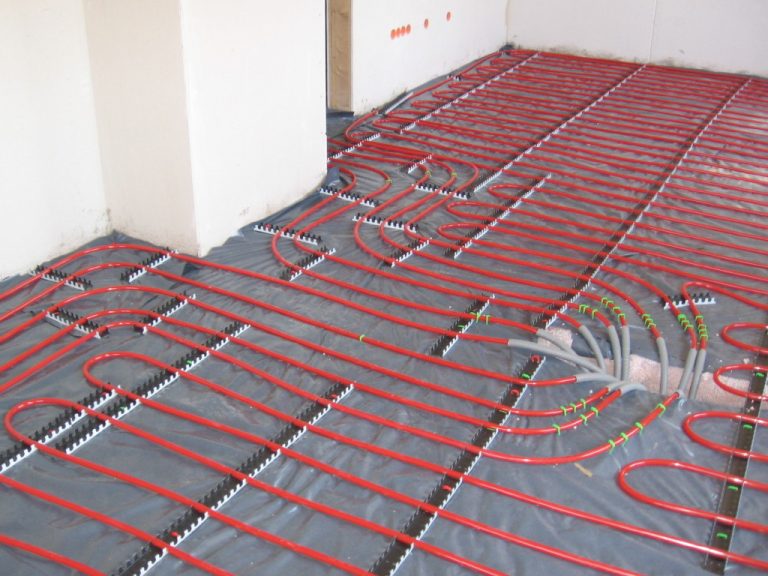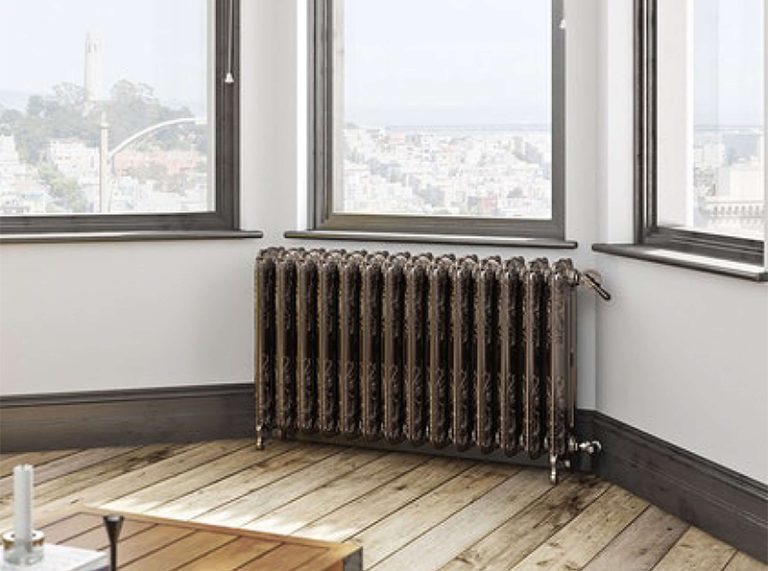What’s the big deal about thermostatic radiator valves (TRVs)? If you live in a new build or have had a recent central heating boiler replacement you will have one on every radiator in your home – it’s the law. But what do TRVs actually do and (why) are they a good idea? If your radiators don’t currently have TRVs fitted, should you get a plumber in and do the necessary? What’s the benefit of a TRV? Thermostatic radiator valves are one of several heating controls that allow you to control the heat in your home more efficiently. Assuming you have a typical central heating system consisting of a centralised boiler and a thermostat, a TRV fitted to each radiator allows you to regulate the air temperature locally. The ability to ‘zone’ your home allows you to keep it toastier in, say, the sitting room while you’re watching TV, and cooler in the bedroom, creating a more comfortable environment all around your home. Unused rooms can have the heating turned right down or off altogether. Being more efficient in your use of energy is a great way to make savings on your utility bills. Depending on your lifestyle, the efficiency of your radiators and the level of insulation in your home, energy savings could be as high as 40%. How does a TRV work? Thermostatic radiator valves are self regulating, able to control the flow of hot water into a radiator. Inside the valve head is a capsule with a sensor made from either wax or liquid that expands and contracts depending on the ambient air temperature. When the temperature changes, the sensor causes a pin in the valve body to move to open/close the valve so that more/less hot water flows the radiator. Liquid is generally considered to be more responsive than wax, and the price of these models will reflect this. How much does it cost to install TRVs? Basic TRVs will set you back somewhere in the region of £10-£30 each, plus installation costs. Available from plumbing merchants, they can be fitted quickly by a professional and shouldn’t require any maintenance. Once installed, simply turn the heat up or down as required. However, if you wish to go beyond the ordinary and install designer TRVs, perhaps to complement your gorgeous designer radiators or feature heating appliances in your home, there’s no shortage of choice. TRVs come in various designs, both modern and traditional, angled or straight to fit your particular radiator and room set-up. For inspiration, The Designer Radiator Company specialise in beautifully crafted and unusual designer radiator valves in a huge selection of metal finishes – including brass, nickel, chrome and pewter – perfect to add the finishing touches to your interior design. Have a look at their online store here. Where not to put a TRV Misreading the temperature in the room can affect operations, which is why it’s not a good idea to put a TRV in draughty places, particularly near windows and doors. Bathrooms can also be a problem since the heat produced by the bath or shower can cause the valve to shut off just at the moment when you need the heat from the radiator to keep your bathroom nice and toasty, and to fight off condensation. The other place where a TRV doesn’t make sense is in the same room as your main heating thermostat. Your room stat is linked directly to the boiler, so having a TRV in the same room will cause the two to fight for control. If the TRV goes, your boiler may shut down and the heating in the whole house will be off. Are TRVs worth having? In a domestic property with multiple radiators heating rooms of different levels of traffic, thermostatic radiator valves are definitely worth having – that’s why the government is actively encouraging TRV use across building regulations. Do your bit for the environment by heating your home with greater consideration. Heating the areas you use and not wasting energy unnecessarily will help you achieve energy and money savings, while maintenance free TRVs should mean they operate flawlessly for many years.






